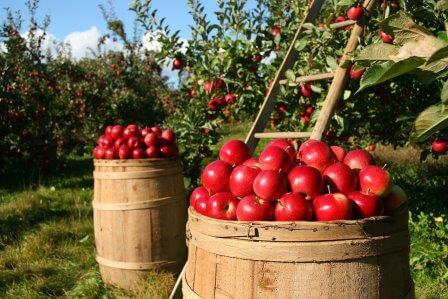
ARTIFICIAL INSEMINATION
This is the introduction of semen into the reproductive tract of the female by a method other than natural mating. The semen containing the spermatozoa are carefully handled,diluted and stored in freezer at a temperature of -1960C in liquid nitrogen until it is required for use. For artificial insemination to succeed, the following must be…





